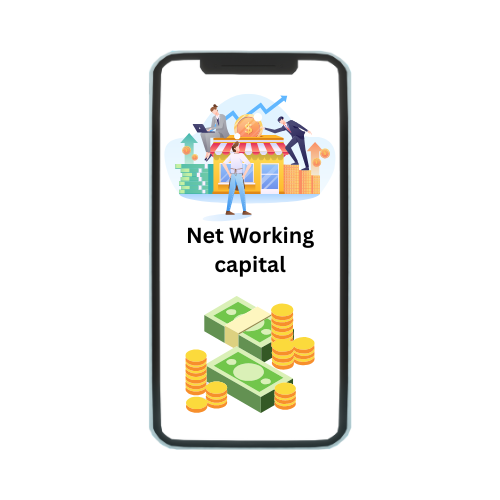What Is Purchasing Power?
The purchasing power of money is defined as the quantity of goods or services that one unit of money can purchase. Purchasing power is crucial because inflation reduces the amount of goods or services.
In the financial world, purchasing power refers to the amount of credit a customer has to buy additional securities against the existing marginable assets in their brokerage account. Purchasing power is also known as the purchasing power of money.
Inflation lowers the purchasing power of money, causing prices to rise. In the classic economic sense, purchasing power is determined by comparing the price of a good or service to a price index such as the Consumer Price Index (CPI).
Every area of economics is influenced by purchasing power, from consumers purchasing things to investors and stock prices to a country’s economic prosperity. Excessive inflation reduces a currency’s purchasing power, resulting in major negative economic effects such as rising costs of goods and services, contributing to a high cost of living, as well as high interest rates that affect the global market and, as a result, declining credit ratings. All of these factors have the potential to contribute to an economic downturn.
Years ago it was possible to buy a dozen fruits for Rs.10 and today the same would cost around 50.This indicates that the quantity of a commodity that a rupee could previously purchase has decreased. In short, the rupee has lost buying power. This loss is mostly macroeconomic in nature, and is tied to aggregate demand and supply dynamics, government borrowings, the exchange rate, and interest rates. When the price level of the economy rises in general, a phenomenon known as inflation, the rupee loses its purchasing power.







